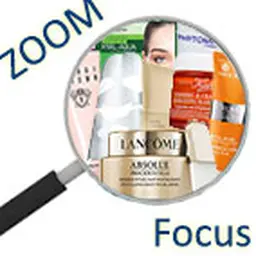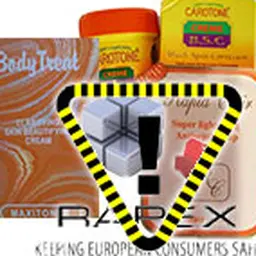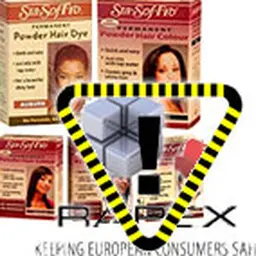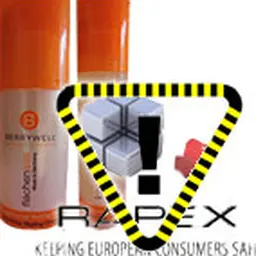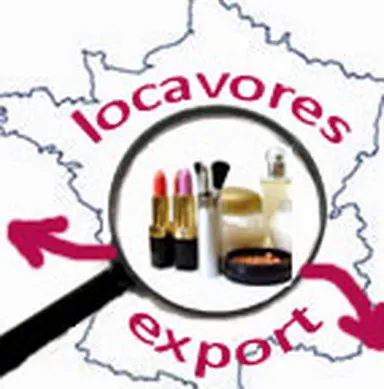
The locavore movement, which favours the consumption of locally-produced products, expands now to cosmetics. Active ingredients from the region, local production facilities, local sales channels: does all this make our creams jars low ecological footprinters? Dilemma: this reality, as some call it, or this marketing trend, as others call it, does not prevent us from thinking that export only is the guarantee of profitability.
The “locavore” word, and its meaning in terms of policy, environment and economy, is trendy. Originating in the USA Western Coast, it names a consumer movement that favours feeding with food grown or produced within a 100 km (62.5 mile) radius from their home. This is a more and more attractive trend for people who want to come back to basics, to protect our planet or counterbalance globalization. After the food industry, the industry of cosmetics has begun to use it to emphasize the soil through sometimes unheard of ingredients and/or to enhance the regional economy. Local groups or clusters emerged to support the production of an area, such as, in France, the Collectif Cosmétiques & Bien-être bio (the organic Cosmetics & Well-being Group), in the Rhône-Alps region, launched in 2012. Numerous small ethical brands, the DNA of which is linked to this segment, have grown for the last few years. Many examples are available in France: Pulpe de Vie, Pomarium, Graine de Pastel, Mademoiselle Gabrielle …To refine the trend, a label "eco-responsibility" and "Made in Provence" is being drawn up. Launched by COSMED, the French association of the cosmetics industry SMEs, “Authentique Provence” could be displayed on packaging as …




